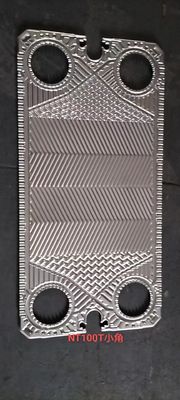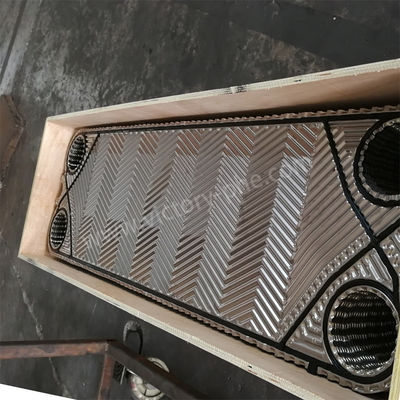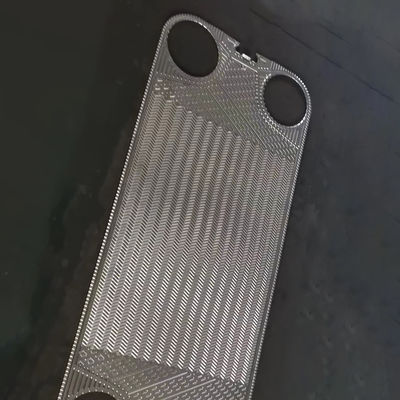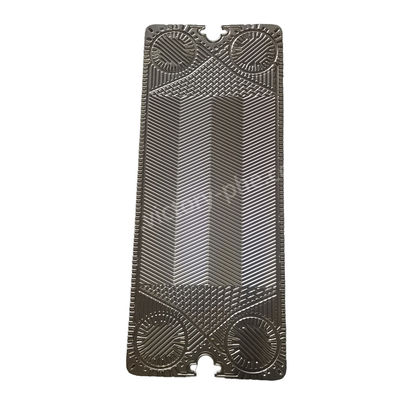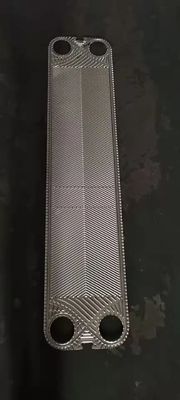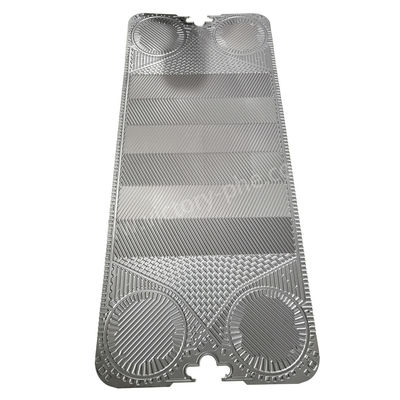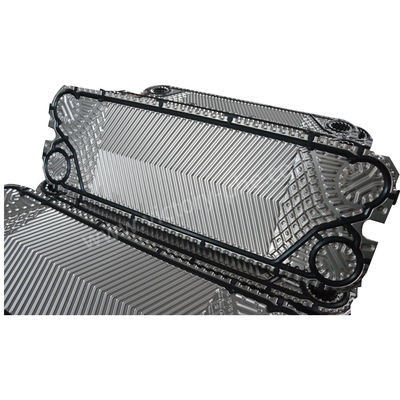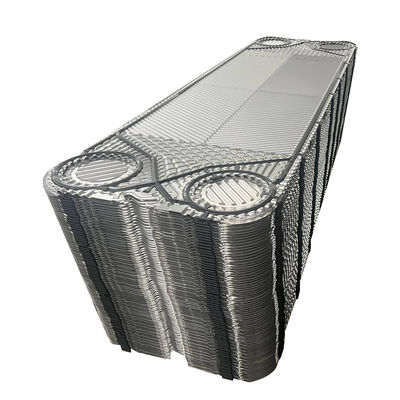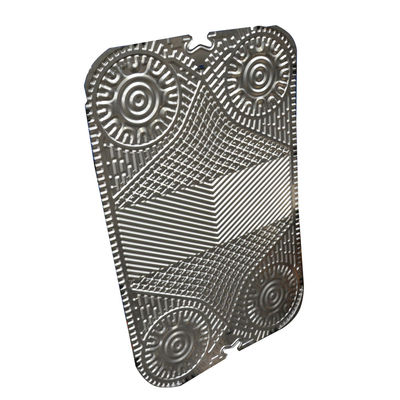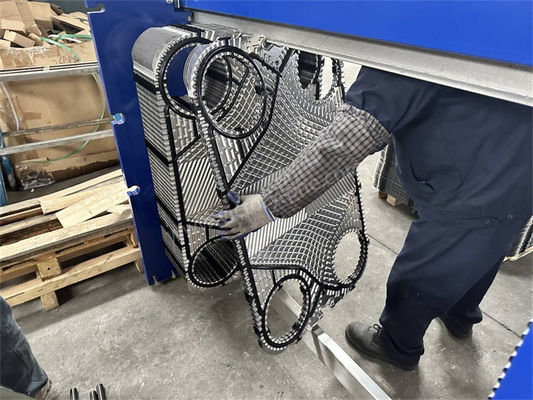Product Description
APV H17 SPX AISI 316 AISI 304 Stainless Steel Plate Heat Exchanger Plates
Heat Exchanger Plates
The advantages of APV SPX heat exchanger plate are its high performance, longevity, required temperature dependence. And APV SPX heat exchanger plate also has accurate capacity of process fluid, and easy to clean. Other advantages of APV SPX heat exchanger plate is its advanced heat delivery, fast ultra-heat heating, reliability with the force of the working side of the process.
The reason for the selection of stainless steel material for APV SPX heat exchanger plate is its corrosion resistance, high temperature resistance, logical elongation, and basic qualities in general. These qualities of stainless steel have good performance, longevity, which make it a good choice for heat exchanger plate.
Heat Exchanger Plates material
1.Stainless steel SUS304 316 316L 310S 904
2. Industrial pure titanium and titanium-palladium alloyTi tanium and Pal ladium
Sea water, salt water, salt compounds
3. Hastelloy Alloy
Concentrated sulfuric acid, hydrochloric acid, phosphoric acid
4. Nickel
High temperature and high concentration caustic soda
| Brand |
Model |
| APV SPX |
H17,N35,N50,J060,J092,J107,J185,B063,A055,A085,Q080 Q030,Q055,R8G1,A145,TR9L4,TR9L3,TR9L2,TR9L1,SR14GD
|
| Material |
Specification |
| Stainless Steel |
SUS304 316 316L 310S 904 |
| Titanium and titanium-palladium alloy |
TAi TAi-Pd |
| Hastelloy |
C276 D205 B2G |
| Nickel |
Ni200 Ni201 |
| Molybdenum |
254 |
Applacations
The application areas of heat exchanger plates are as follows:
1. Widely used for Hotels
2. Garment Shops
3. Building Material Shops
4. Machinery Repair Shops
5. Manufacturing Plant
6. Food & Beverage Factory
7. Farms, Restaurant,Retail, Food Shop
8. Printing Shops, Construction works
9. Energy & Mining, Food & Beverage Shops



Q&A
Question: What is a plate heat exchanger used for?
Answer: A plate heat exchanger is used to transfer heat between two fluids without them coming into direct contact with each other.
Question: Where are plate heat exchangers commonly used?
Answer: Plate heat exchangers are commonly used in HVAC systems, refrigeration, food processing, chemical plants, and various industrial applications.
Question: How does a plate heat exchanger work?
Answer: A plate heat exchanger works by allowing two fluids to flow on either side of the plates, with heat being transferred between them through the plates.
Question: What are the advantages of using a plate heat exchanger?
Answer: Plate heat exchangers offer efficient heat transfer, compact design, easy maintenance, and versatility in handling different fluids and operating conditions.
Question: How can plate heat exchangers help in energy efficiency?
Answer: Plate heat exchangers can help improve energy efficiency by transferring heat effectively between fluids, reducing energy consumption in heating and cooling processes.

 Your message must be between 20-3,000 characters!
Your message must be between 20-3,000 characters! Please check your E-mail!
Please check your E-mail!  Your message must be between 20-3,000 characters!
Your message must be between 20-3,000 characters! Please check your E-mail!
Please check your E-mail! 
